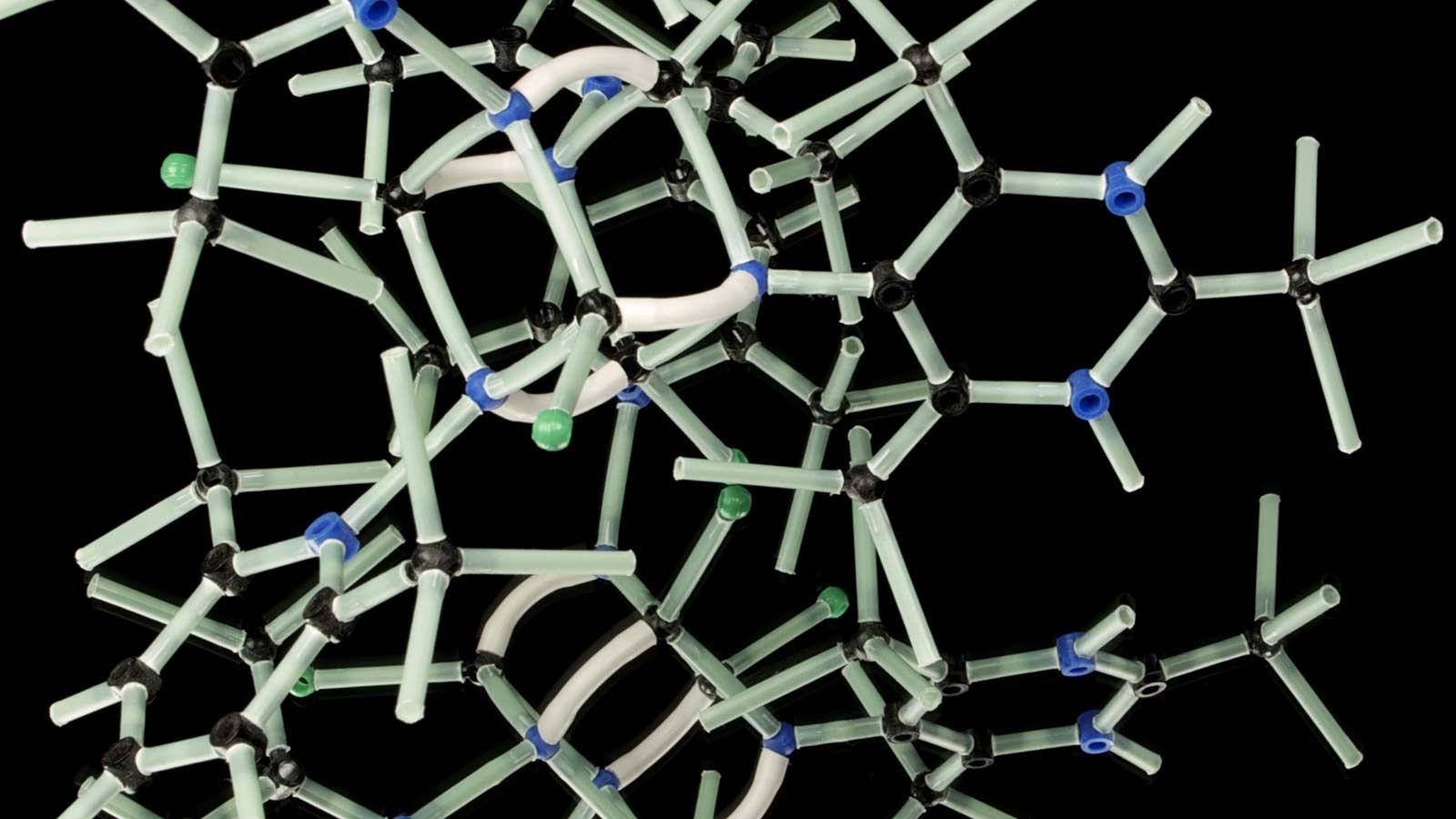Synthetic carbohydrate receptors could serve as agents for disease detection, drug delivery, or even therapeutics, however, they are rarely used for these applications because they bind weakly and with a preference towards the all‐equatorial glucosides that are not prevalent on the cell surface. Herein the binding of 8 receptors with 5 distinct octyloxy pyranosides, which was measured by mass spectrometry and by 1H NMR titrations in CD2Cl2 at 298 K, is reported, providing binding affinities that vary from ≈101–104 m−1. Although the receptors are promiscuous, 1 shows selectivity for β‐Man at a ratio of 103:1 β‐Man:β‐Gal, receptors 2–4 and 6 have preference for α‐Man, 5 is selective for β‐Gal, and 10 prefers α‐Glc (Man=mannose; Gal=galactose, Glc=glucose). A variety of 1D and 2D NMR, and computational techniques were used to determine the thermodynamic binding parameters (ΔHo and ΔSo) and the structure of the host–guest complex, revealing that dimeric receptor 10 binds β‐Man with increased enthalpy, but a larger entropic penalty than 1. The first‐principles modelling suggests that 10⋅β‐Man forms an inclusion‐type complex where the glycan engages both monomeric subunits of 10 through H‐bonding and C−H⋅⋅⋅π interactions. Like natural glycan‐binding proteins, these receptors bind pyranosides by accessing multivalent and cooperative interactions, and these studies suggest a new approach towards biomimetic synthetic carbohydrate receptors, where conformational flexibility and promiscuity are incorporated into design.
News /
Congratulations to Professor Braunschweig for his recent paper in Chemistry – A European Journal
January 2, 2020


